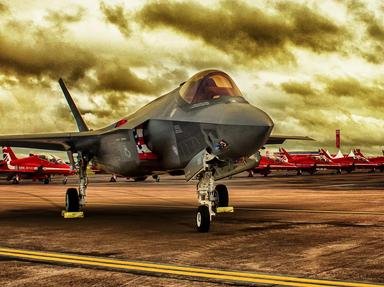Quiz Answer Key and Fun Facts
1. "The Redcoats are coming!" - Why did the British Army choose red for their jackets?
2. What is the traditional reason why we have the Royal Navy and Royal Air Force, but not the Royal Army?
3. We all know he was shot, but what was the medical cause of death of Admiral Lord Nelson at the Battle of Trafalgar?
4. The Royal Air Force were formed from the Royal Flying Corps and Royal Naval Air Service in 1918, but on what well-known date?
5. Which service is the oldest of Her Majesty's Armed Forces, and as a result referred to as the Senior Service?
6. On 3rd July 1940, at Mers-el-Kébir, the Royal Navy attacked and caused major damage to the fleet of which old enemy?
7. Uckers is Jack-Speak for a more well-known game. What would a Pongo or a Crab call Uckers?
8. Sergeant Major is not a rank in the British Army, but an appointment (in the same way that Adjutant or RQMS is). Traditionally it refers to Warrant Officers, but in most cavalry regiments it can also refer to which rank?
9. This weapon was developed and used by the British in World War I. In order to keep the concept a secret it was claimed that it was a mobile water carrier for the Middle East, hence the name. What is it?
10. I haven't mentioned the RAF much, but according to Standing Orders, what were pilots in the Royal Flying Corps specifically forbidden from wearing whilst flying?
Source: Author
se01dct
This quiz was reviewed by FunTrivia editor
stedman before going online.
Any errors found in FunTrivia content are routinely corrected through our feedback system.

